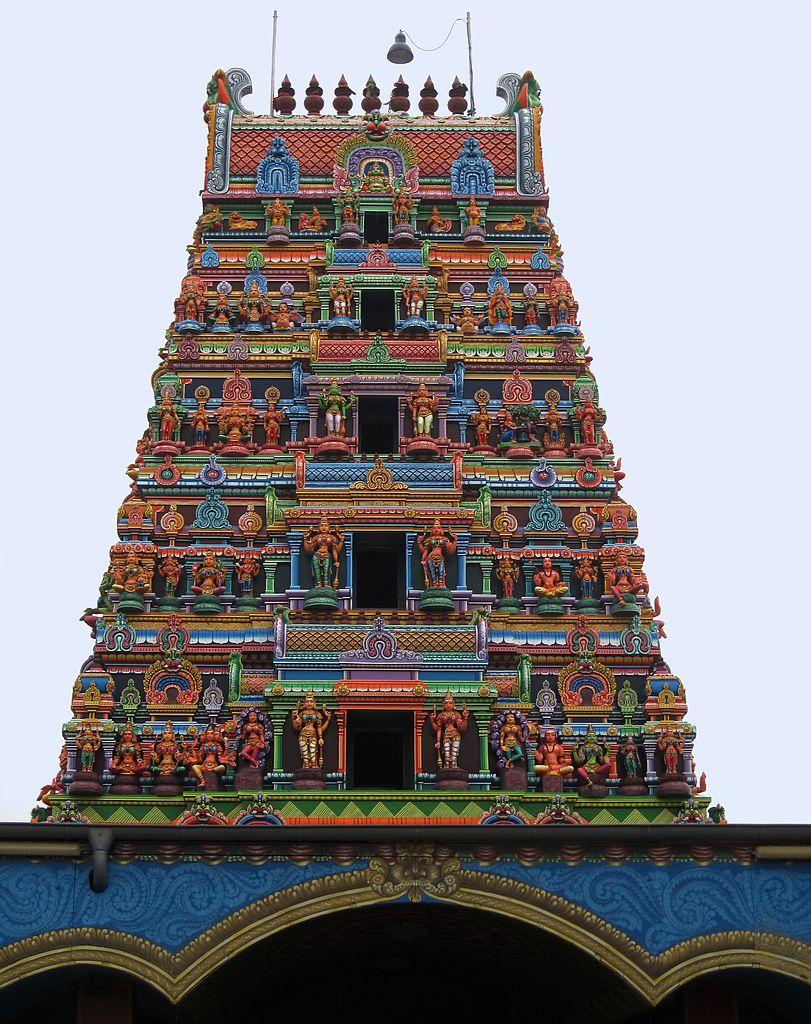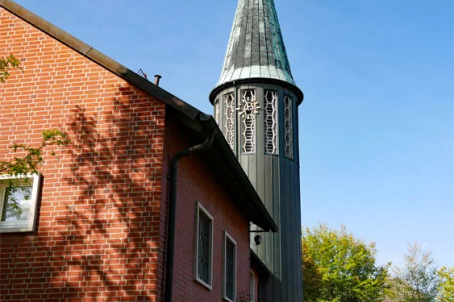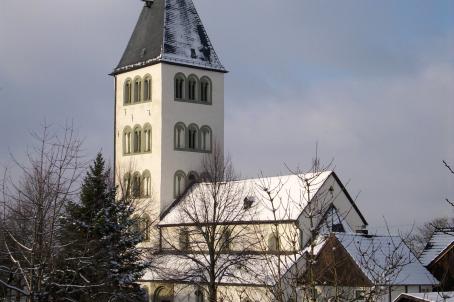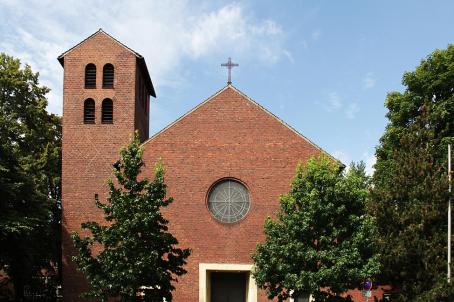Shankarar Sri Kamadchi Ampal Tempel
Shankararar Sri Kamadchi Ampal is the second largest temple in Europe in the Dravidian style, an architectural style originating in South India.
About this building
The temple was inaugurated in 2002 and it operates as the headquarters of the Hindu community in Germany. It was founded by a group of Sri Lankan Tamils who until then held their religious services in a humble basement. Today it is the second largest Hindu temple in Europe, right behind the Shri Swaminarayan Mandir in London.
The design of the temple was developed by German architecture Heinz-Rainer Eichhorst. It is a faithful replica of the Kanchi Kamakshi Temple in Tamil Nadu, India.
The temple is dedicated to the goddess Kamadchi.






